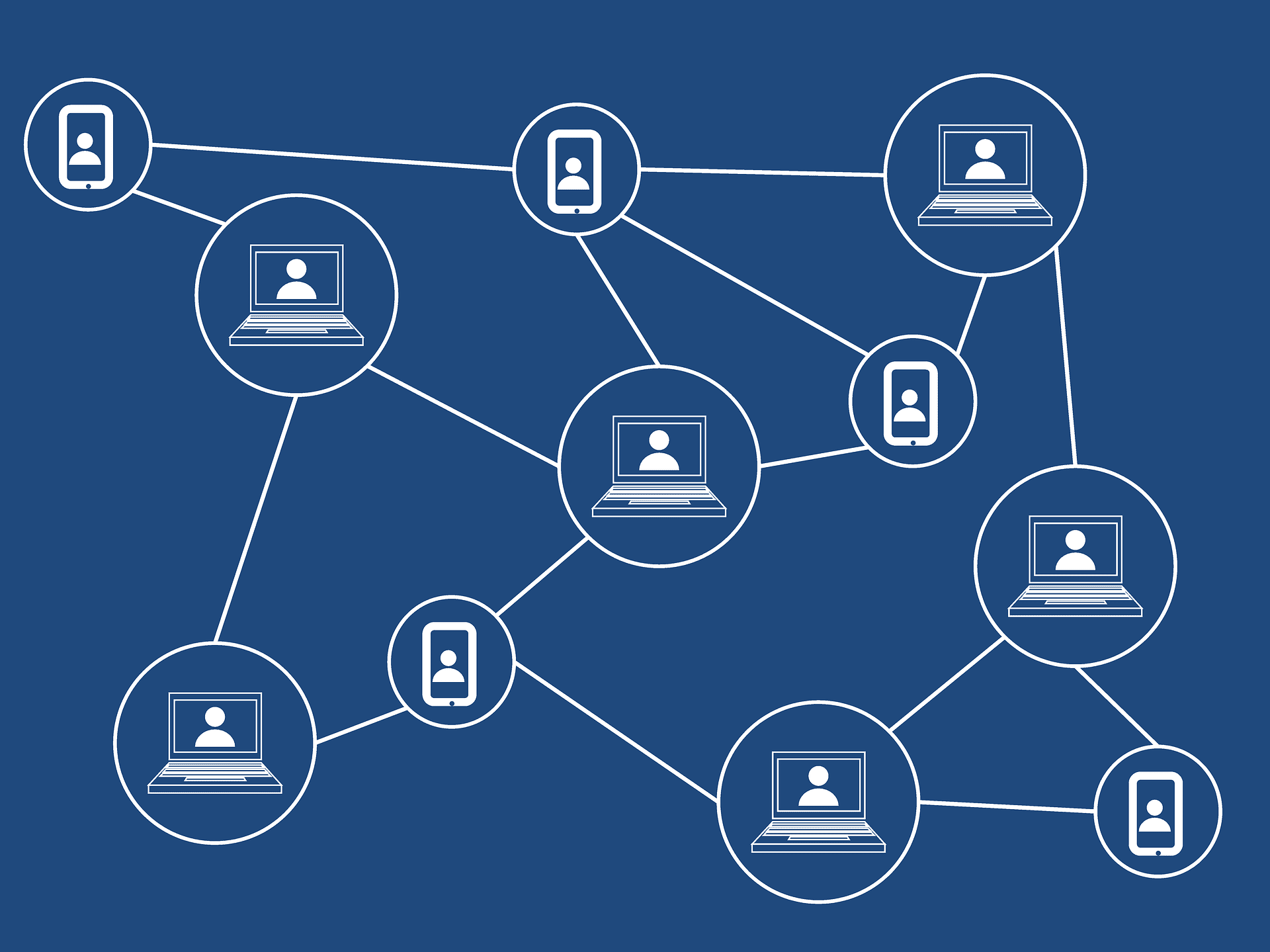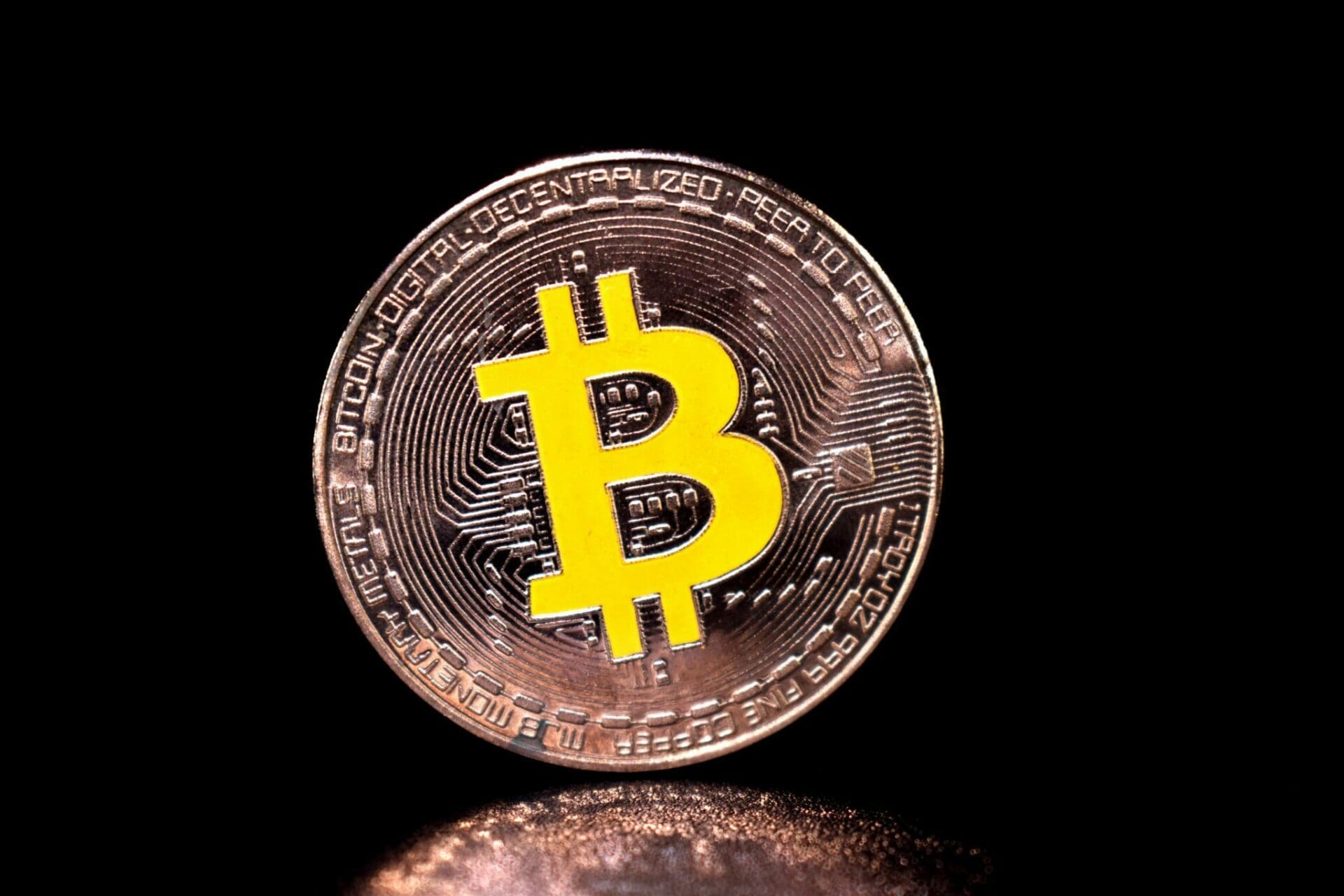Blockchain: introduction
Here we are ready to discover all the secrets of the technology that is revolutionizing the exchange of information and capital: blockchain.
Surely you’ve heard about it many times but-how does it work? What is blockchain used for?
In this in-depth look at what blockchain is and what its functions are.
It will be an interesting journey, a real journey into a world that is still relatively new and to be explored. To make it easier to understand we will resort to a few examples, especially to explain blockchain applications without going into excessive technicalities.
We will start with the basics through a simple and clear blockchain explanation. We will then see to understand how this technology works. Finally, space will be given to the importance of the chain and possible applications.
Indice
What is blockchain?
What is blockchain technology? Seemingly complex question that actually does not require too intricate an explanation.
A stringent definition of blockchain might be this: blockchain is a distributed, decentralized, and encrypted ledger.
At its base we find the consensus algorithm, whose task is to keep track of every transaction that takes place within the network. In fact, the distributed ledger is nothing more than a database of which there are many copies, each of which is stored at a node in the network.
What does blockchain mean? The name blockchain comes from the fact that this database is divided into blocks (blocks) that form a chain (chain) as they are created.
These blocks are filled with information and, every so often, are validated before closing and giving way to the next block.
Embedded within the blocks are data from each transaction that occurred in a given time frame, plus some header information. The latter provides continuity and preserves security, since it describes the current and previous block.
Such chaining makes it so that, in order to change a single block, it is necessary to change all the previous ones as well. The operation then becomes almost impossible at the level of computational power.
In all this, who controls the blockchain? Since this is a distributed and decentralized technology, we will never have a single controller: several will be needed. If this were not the case, security and fairness of operations could not be guaranteed since the single controller would have the ability to modify the blockchain at will.
Okay, but what is the relationship between blockchain and cryptocurrency? More importantly, what is a blockchain for? A little more patience and we will answer all these questions. First, however, it is essential to understand the underlying workings of blockchain technology; we will do that now, in the next paragraph!
"A simple definition of blockchain might be this: a distributed, decentralized, cryptographic ledger."
How blockchain works?
To understand how blockchain works, what better example than Bitcoin?
The network that allows the most popular cryptocurrency to live is based on the Proof-of-Work consensus algorithm. In this case, those in charge of controlling the network are defined by the term miners.
To validate a block, they must have their computer solve a very complicated mathematical problem. Therein lies the proof of the work to which the algorithm’s name refers: only by expending energy can the answer to the problem be obtained, which is essential to avoid manipulation and impropriety.
A validator invests a great deal of energy and computer components to grab the prize that accrues to the problem solver. This acts as a deterrent to misbehavior: it would be against a miner’s interests to try to act wrongly: he would only get a hefty bill, nothing else.
The first miner (also called a validator) who finds the solution to the problem wins. It shares the result with the others so that due diligence and ritual synchronization can take place.
If at least 51 percent of the validators confirm the accuracy of the data, then the block is validated, closed, and we move on to the next one. In a nutshell: another link is added to the chain; immediately thereafter, the process of “making” yet another link restarts, thus seamlessly continuing.
In addition to Proof-of-Work, thus based on fatigue and computational computation, there are other consensus algorithms. Each brings advantages and disadvantages; for example, PoW does not shine in efficiency but offers very high safety standards.
The other illustrious actor on the scene is called Proof-of-Stake, declined in several variations. The validation process changes and with it performance, cost, expectations and potential applications.
We have reached the point where we know what is the blockchain. We then understood the basics of how blockchain works.
Now, however, let’s get into the nitty-gritty, because if we’ve limited ourselves to the theory so far, it’s time to move on to the more practical aspects. So let’s put the focus on the importance of this technology and how it could be used in a variety of activities.
Then there are other consensus algorithms such as Delegated-Proof-of-Stake and Proof-of-Authority. The validation process changes and brings with it both advantages and disadvantages.

What does blockchain?
To understand the scope and innovation of this new blockchain technology, let’s try a perhaps trivial but immediate example: e-mail.
When we send an e-mail message, we are not actually sending that e-mail. Strange, isn’t it In fact, what ends up in the recipient’s inbox is just a copy of the original message.
As long as we are talking about an e-mail exchange, it is clear that this is not a problem. However, when we wish to create value online, the matter is totally different.
Economic value is something that cannot be duplicated. When we send $1 by giving it to someone, that person cannot get a copy, just as we cannot spend that same euro again. If we could, inflation would flare up and we would end up with euros that would no longer be worth anything within a month.
Let us now take the example of a digital transaction: have you ever wondered how a bank transfer works ? The mechanism is quite simple: each bank has its own server containing the data of all its customers.
When we arrange a wire transfer from one institution to another, what happens is an exchange of data between the two entities. Basically, one bank tells the other that customer A is passing €100 to customer B. At that point, €100 will be subtracted from customer A’s account so that it can flow into customer B’s balance. However, in practice the exchange never takes place.
If the bank in question lost all its data, it would no longer know who the funds belong to, who is a debtor and who is a creditor. As in anything, the (minimal) risk is always there.
Moreover, when we agree to deposit capital in the bank, we are in fact trusting the company that manages it. In short, the issue is much more complex than it seems.
Thanks to blockchain today we have cryptocurrencies, identifiable as digital cash and devoid of the need to rely on bank servers to be exchanged. In fact, they can rely on their own decentralized network.
These digital and innovative assets are often much faster than classical circuits, less expensive in terms of transfer and, above all, not manipulable.
An unparalleled comparison is that between blockchain and moving money via SWIFT, the age-old system that allows money to move around the world.
SWIFT is based on dribbling capital from one bank to another until it arrives at its destination. It was an ingenious method in its day (it is now 50 years old) but today it has its limitations. Waits are long, costs are high, and something can always go wrong.
The blockchain makes it possible to move money from A to B without any middleman and with confidence that everything will go smoothly.
Depending on the network chosen, costs and timing vary, often limited to seconds/minutes and a few euros. All you have to do is communicate your crypto address correctly and make sure that the sender actually uses the correct blockchain, nothing more.
In short, the obstacles that stand before blockchain are called “distrust” and “lack of knowledge.” Let’s give it time: innovations are always difficult to metabolize.
Getting back to theory, what does blockchain record? What follows is an example of visualizing a Bitcoin transaction using the free and mostly open source site blockchain.com. Let’s look specifically at the data that can be visualized within it:
- Green: the hash of this transaction. By hash we mean the recognition name of this transaction.
- Red: the dollar countervalue of the BTC present in the address of the person who initiated the transaction, before the transaction takes place.
- Light blue: the dollar countervalue of the BTC bitcoins sent.
- Orange: the dollar equivalent of the BTC present in the address of the person who initiated the transaction, after the transaction takes place.
- Pink: the gas fees paid to the validators who enabled this transaction.
As already mentioned, this data is public and visible to all; however, thanks to cryptography we will not identify who is the real owner of the address that sent or received the BTC and their privacy will be guaranteed.
Remember that the Bitcoins blockchain (and most of the existing ones) is not anonymous as is often said, but rather pseudonymous. This means that we will have a randomly generated personal address, a substitute for our name, which represents the address of the wallet where we receive cryptocurrencies.
In simpler words: transactions are traceable but we do not know who is behind them. However, the moment an address interacts with an exchange, authorities can trace it back to the name of a real person.

Types of blockchain
Let us divide the types of blockchain into two different categories: public and private. Let us focus on their respective peculiarities.
Public / Permissionless
Bitcoin and Ethereum are the best known examples of permissionless blockchain.
This type of blockchain can be centralized, in case there are few validators within it, or decentralized.
Decentralization makes the network fair to the users in it. This is because no single individual can override another.
In addition, decentralization ensures that no one can control, delete, or modify the information that is contained within it, including the information that determines how the protocol works.
Centralization, on the other hand, usually brings better performance, given that synchronization of validators is easier to achieve. Conversely, however, it gives up fairness and increases the possibility of manipulation.
There is no right or wrong choice. There are a variety of more or less centralized or decentralized blockchains, each of which is designed for specific or generic use cases.
The decision is the user’s and should be based on what they are looking for in a given network.
Private / Permissioned
Permissioned blockchains are structures where only one organization has authority over the network. This means that not everyone can be part of it; in fact, the purpose is precisely to limit participation. Private means inaccessible, unless one has the necessary permissions.
Clearly, permissioned realities are centralized.
These blockchains sacrifice the concept of decentralization, along with all the benefits that decentralization brings, chief among them being trustless.
Not all permissioned blockchains are also necessarily private. They can be public, but access to the network is still restricted.
How many blockchains are there?
Having come to this point, you might ask yourself how many blockchains exist.
The answer is difficult to give because so many have sprung up over the years, many of which have not been particularly successful.
There are famous blockchains, as well as realities developed specifically to serve a single company.
Citing the most famous ones, in addition to Bitcoin blockchain and Ethereum we find Solana, BNB, Cardano and Polygon.
Solana is a blockchain that aims to be super-scalable, but not without flaws. BNB is a framework designed by Binance, one of the leading crypto exchanges around. Polygon, on the other hand, is an Ethereum-related sidechain and quite interesting.
However, it is reductive to bring a few names: too many important realities remain without a mention.
"Given the constant new releases, difficult to say how many blockchains exist with certainty"
How do i contact blockchain support number?
Abbiamo voluto dedicare questo breve paragrafo per aiutare chi avesse dei problemi nell’utilizzo di una blockchain.
Innanzitutto, molti progetti non hanno un vero e proprio supporto clienti. Ci riferiamo soprattutto a quelle realtà decentralizzate, dove dietro operano degli sviluppatori ma non una vera e propria società. In questi casi bisogna provare a contattare il team di sviluppo mediante i canali social come Twitter/X, Telegram o Discord. Su queste piattaforme, anche la community può dare una mano, ma attenzione a non rivelare dati sensibili come la seed phrase, perché ci sono anche molti malintenzionati che cercano di rubare il denaro altrui.
Se la blockchain è centralizzata, con una società dietro le spalle (come Ripple), allora si può contattare l’assistenza clienti o, nel caso non ci fosse, un qualsiasi contatto aziendale per farsi aiutare.
Infine, esiste anche il famoso portale blockchain.com, che funge da exchange e blockchain explorer. Se sei cliente e hai bisogno di aiuto, ecco le due pagine da cui richiedere assistenza:
Blockchain: final considerations
Blockchain is a technology that has revolutionized the way we think about cybersecurity for a few years now, introducing concepts such as trustlessness, decentralization, and immutability. They are now being applied not only to the cryptocurrency market but also to a great many other sectors. In short, the change brought by this framework also affects realities beyond it.
Now that you know what blockchain technology is, the basis of Bitcoin and other cryptocurrencies, you can get serious about it. On this portal you will find plenty of free materials with which you can study networks, coins, tokens, exchanges and more. Plus, The Crypto Gateway YouTube channel is full of content that is constantly growing and updating.
Hopefully, from today you will no longer have to type “Wikipedia blockchain ” or “blockchain examples” to brush up on what it is all about. See you soon!


